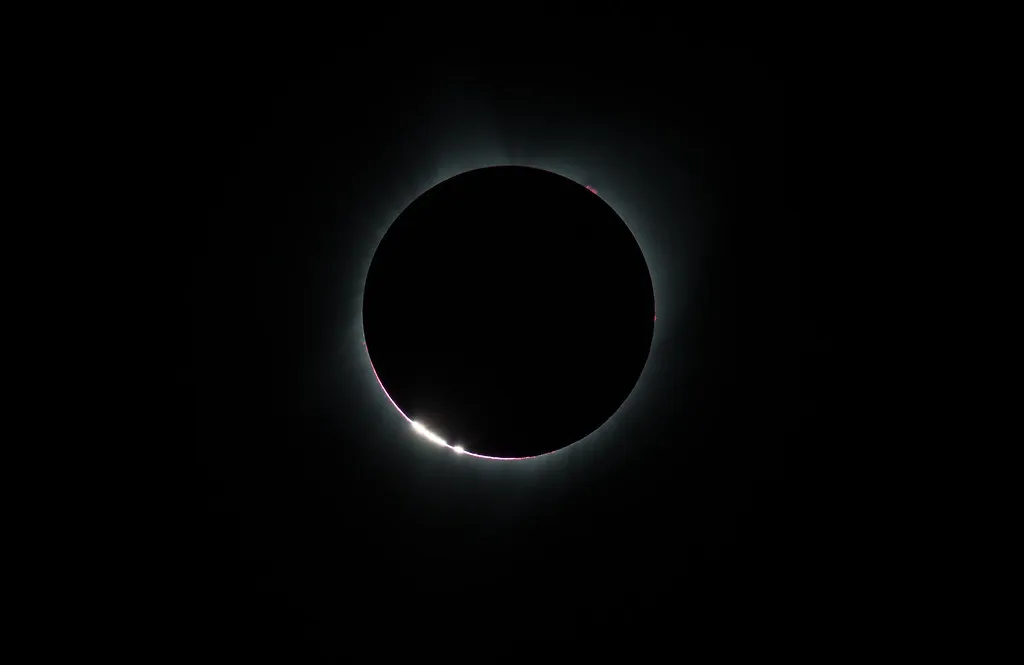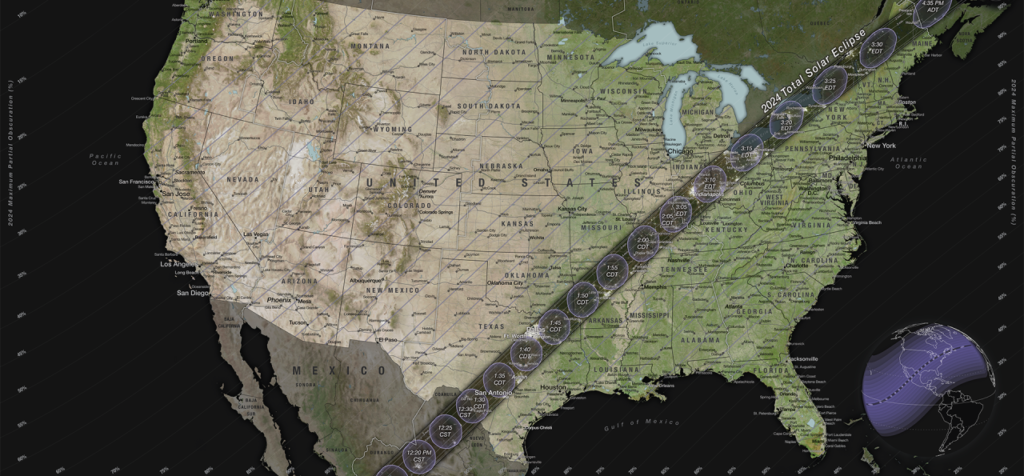Join the SunSketcher mission, a pioneering citizen science project powered by NASA, aiming to mobilize one million volunteers to capture the total solar eclipse on April 8. Discover the allure of Baily’s Beads and contribute to vital research that seeks to unravel the mysteries of the Sun’s size, shape, and internal structure. With just your smartphone, become part of a global effort to illuminate our understanding of the celestial phenomena that govern our solar system.

Unveiling the Sun’s Mysteries: The SunSketcher Project and the Total Solar Eclipse
The SunSketcher project, a groundbreaking initiative funded by NASA, aims to enlist one million volunteers to capture the total solar eclipse on April 8. This collective effort seeks to provide unprecedented insights into the Sun’s size, shape, and internal structure through the phenomenon known as Baily’s Beads.
The Phenomenon of Solar Eclipses and Baily’s Beads
Solar eclipses, particularly total eclipses, offer a unique window into the Sun’s characteristics. During such an eclipse, the Moon passes between the Earth and the Sun, momentarily blocking the Sun’s light. This event reveals Baily’s Beads, small points of sunlight that shine through the lunar topography. These beads provide crucial data for understanding the Sun’s dimensions and the interplay of celestial bodies.
Citizen Science Powering Astronomical Discoveries
The SunSketcher project exemplifies the potential of citizen science, inviting individuals within the U.S. path of totality to participate in a significant scientific endeavor. By using smartphones, volunteers can capture images of Baily’s Beads, transforming a common gadget into a valuable scientific instrument. This approach democratizes space exploration and generates a wealth of data that would otherwise be difficult to obtain.
Operational Mechanics of the SunSketcher App
The SunSketcher app is designed to facilitate the collection of images during the eclipse. It automates the process, using the smartphone’s GPS to predict the appearance of Baily’s Beads and capturing a sequence of images. Volunteers need to download the app, position their phones to face the Sun, and let the app operate autonomously, ensuring a standardized data collection method.
Scientific Impact and Analysis
The data collected from across the eclipse’s path will be aggregated to analyze the Sun’s characteristics. By comparing the timing and appearance of Baily’s Beads from various locations, scientists can deduce the Sun’s size and shape. The project will integrate these findings with data from NASA’s Lunar Reconnaissance Orbiter to create a comprehensive view of the Sun’s structure.

The Significance of Global Participation
The SunSketcher project’s success relies on extensive public participation. Each volunteer’s contribution is a piece of a larger puzzle, allowing scientists to construct a detailed model of the Sun. This widespread involvement underscores the importance of community in scientific advancement and the value of each individual’s contribution.
Technical and Ethical Considerations
The SunSketcher app is designed with user-friendliness and data integrity in mind. It ensures that while capturing vital scientific data, the privacy of the participants is respected. Only anonymized location and time data will be associated with the images, with no personal information collected.
Understanding the Sun’s subsurface movements, Emslie asserts, can lead to a better grasp of its internal mechanics and shape, which in turn affects its gravitational influence on planetary orbits. Therefore, measuring the Sun’s exact shape is crucial for validating gravitational theories.
The SunSketcher project is open to anyone in the U.S. along the April 8 eclipse path, from Texas to Maine, aiming to gather a vast number of participants for a comprehensive study.
Joining the SunSketcher Effort: A Guide
Before the Eclipse:
- Download the SunSketcher app from your smartphone’s store, compatible with both iOS and Android.
- Launch the app approximately five minutes before the eclipse’s totality phase; internet access is not required.
- Activate the “Do Not Disturb” mode to minimize disruptions during image capture.
- Secure your phone on a stable surface aimed at the Sun with its back-facing camera.
- Let the app autonomously record the Baily’s Beads.
After the Eclipse:
- Review the collected images within the app, which will prompt for sharing permission, noting that only time and location data will be associated with the images.
- Upon connecting to the internet, the images will be uploaded to a central repository, followed by a gratitude acknowledgment.
Conclusion: A Call to Action for Astronomical Engagement
The SunSketcher project represents a unique confluence of citizen science, astronomical research, and technological innovation. By participating in this project, individuals have the opportunity to contribute to a significant scientific endeavor, expanding our understanding of the Sun and its processes. This initiative not only advances scientific knowledge but also fosters a global community of amateur astronomers and enthusiasts, united in their curiosity and pursuit of discovery.
Through this collective effort, the SunSketcher project aims to demystify the celestial mechanics of our nearest star, offering fresh perspectives and deepening our comprehension of the universe.
Read Also-
- NASA and Blue Origin Orbital Reef: Pioneering the Future of Space Habitats
- NASA& Select Terrain Vehicle for Artemis Missions
- NASA and SpaceXs 30th Resupply Mission to ISS: Live Launch and Coverage
- Nasa Comet 12P/Pons-Brooks 2024: A Spectacular Celestial Event Unfolds









